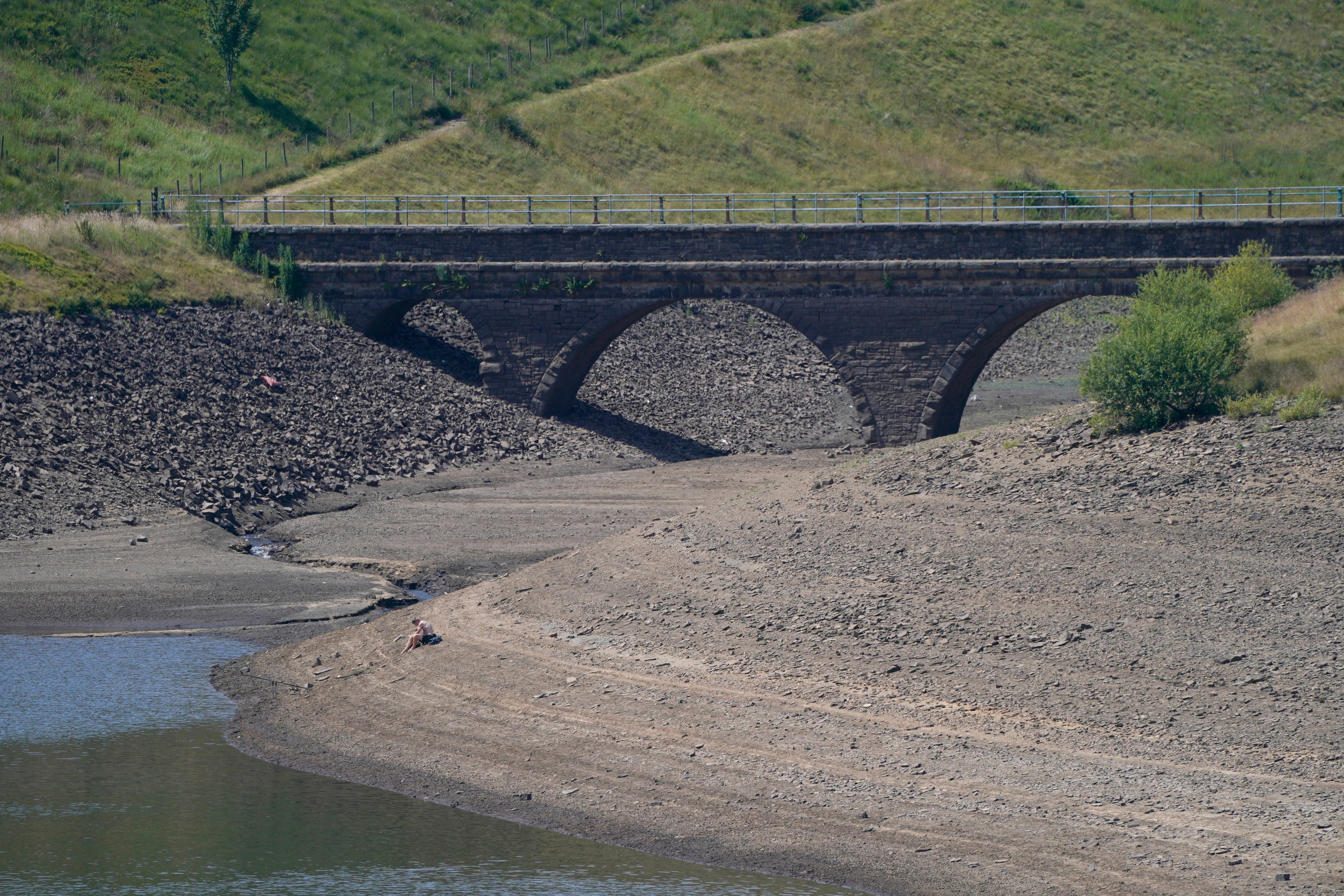Heatwave: England records driest July since 1935
England recorded just 35 per cent of its average rainfall for the month.

Your support helps us to tell the story
From reproductive rights to climate change to Big Tech, The Independent is on the ground when the story is developing. Whether it's investigating the financials of Elon Musk's pro-Trump PAC or producing our latest documentary, 'The A Word', which shines a light on the American women fighting for reproductive rights, we know how important it is to parse out the facts from the messaging.
At such a critical moment in US history, we need reporters on the ground. Your donation allows us to keep sending journalists to speak to both sides of the story.
The Independent is trusted by Americans across the entire political spectrum. And unlike many other quality news outlets, we choose not to lock Americans out of our reporting and analysis with paywalls. We believe quality journalism should be available to everyone, paid for by those who can afford it.
Your support makes all the difference.This July was the driest July for England since 1935, and the driest July on record for east anglia, southeast and southern England, according to the Met Office.
England recorded just 35 per cent of its average rainfall for the month.
Last week, the Met Office said that up to 26 July it had been the driest July in England since 1911 with only 24 per ent of the amount of rain normally expected in an average July.
The overall picture at the end of the month comes after the National Infrastructure Committee warned that ministers must introduce a national hosepipe ban and mandatory water metering to tackle the threat of drought. Last week, the National Drought Group held an emergency meeting amid concern that a drought could be announced if hot, dry weather persists.
High pressure pushed much of the rain into the northwest of the country, meaning temperatures built elsewhere across the UK. Overall the country saw around 56 per cent of its average rainfall for July, making in the driest July in over 20 years - since 1999.
Wales recorded 53 per cent of its average rainfall for the month, while Northern Ireland 51 per cent and Scotland 81 per cent.
Southern England recorded its driest July on record, with data beginning in 1836.
“July 2022 has been a significantly dry month for Southern England, only 10.5mm of rain has been provisionally recorded on average, less than the previous record of 10.9mm set in 191,” said Mark McCarthy, of the National Climate Information Centre. “The dominant weather pattern for the month has only allowed interludes of rain into northern areas of the UK, with areas further south largely getting any rainfall from isolated and fleeting showers in a month that will ultimately be remembered for extreme heat.”
The country exceeded 40C for the first time in July, with a new record high temperatures measued in Coningby, Lincolnshire. Wales also recorded a new all-time record of 37.1C at Hawarden, as did Scotland with the mercury hitting 34.8C in Charterhall.
Average maximum temperatures for July in England were 23.5C, some 2.3C higher than average, according to the Met Office, with average temperatures in the UK higher than average for every month so far this year.
Join our commenting forum
Join thought-provoking conversations, follow other Independent readers and see their replies
Comments